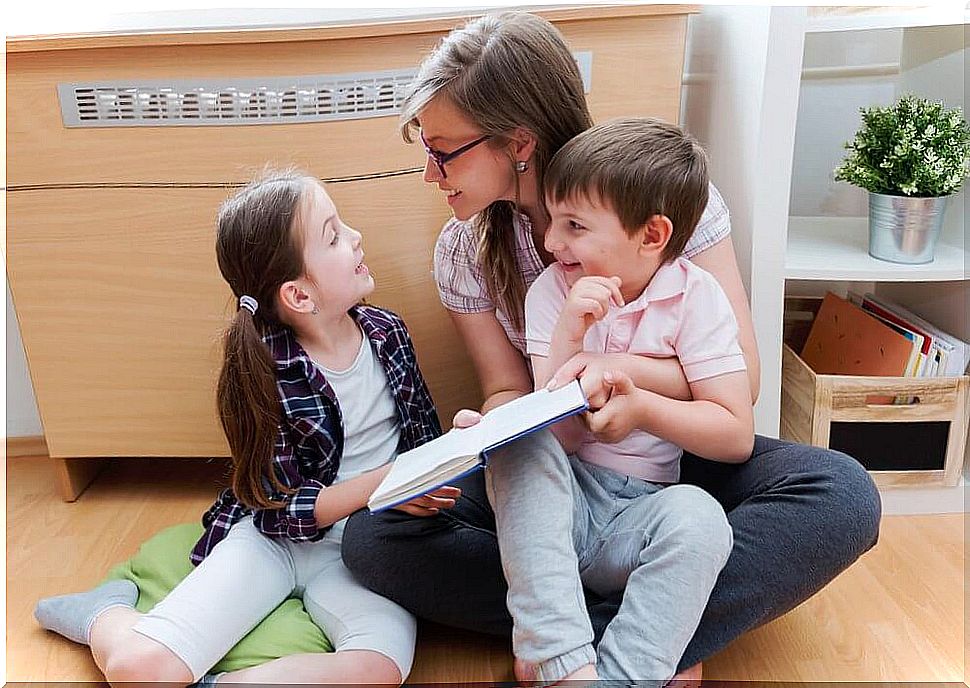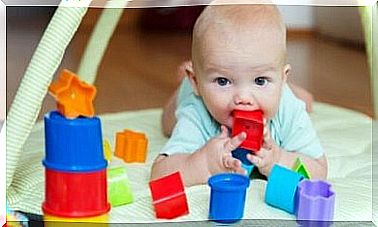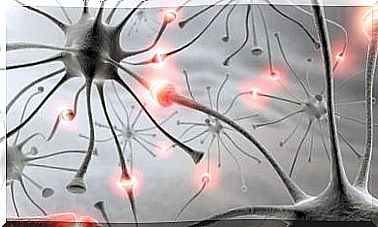Dyslexia In Children

We know that children have different learning rhythms. Some are faster, while others struggle a little harder. However, the onset of dyslexia in children implies a serious difficulty in learning to read and write.
The dyslexia in children is the most common learning disability than you think. Dyslexic children happen to be unjustifiably called silly or slow, while actually making a great effort to read, write, or follow instructions.
What does dyslexia in children consist of?

Reading seems an automatic and simple process for those who do it with ease. However, reading is a complex task for the brain. While speaking is a natural process for children, reading involves learning.
Learning to read means realizing that words are made up of sounds and then connecting the sounds to the letters of the alphabet. When sounds and letters are combined, words are formed. When you are able to recognize words, you learn to read.
However, it is not the same for all children. The brains of dyslexic children develop and function differently. There are different types, but in essence it is difficult to separate the sounds that make up a word and understand which are the letters that represent those sounds.
Dyslexia in children is not a question of intelligence or laziness. Dyslexic children can achieve brilliant results and can learn with appropriate teaching methods, so early diagnosis is essential.
What are the symptoms?
In preschool age, dyslexia in the child has the following symptoms:
- He doesn’t speak much, he knows fewer words than other children his age.
- He has problems learning and naming numbers, colors and letters.
- He cannot recognize or associate words that rhyme.
- Find it difficult to follow instructions. They need to be reminded of routines and rules frequently.
Growing up, when the time comes to learn to read and write, the dyslexic child exhibits these symptoms:
- Has difficulty identifying the syllables and sounds that make up words.
- He cannot pronounce the isolated sounds that make up the syllables.
- Change the correct sequence of letters when reading and writing words.
- Has trouble with handwriting and fine coordination.
If he reaches adolescence without having been diagnosed with dyslexia, he has these characteristics:
- Vocalizing and decoding words is difficult for him, so he will avoid reading in public.
- Having trouble finding the right word, use words with different meanings but similar sounds.
- Has difficulty expressing ideas with correct order, spelling, grammar and punctuation.
- Due to communication problems, he avoids participating in group projects, with repercussions on social life.
How does dyslexia affect children?
Dyslexic children can experience difficulties in school. They are often and unfairly labeled as unmotivated, foolish or lazy. They can become the object of ridicule from their peers.
If the dyslexic child does not get the help he needs, he risks school failure. This makes him a victim of negative messages and evaluations coming from the school, social and family environment.
The continuous failures contribute to his demotivation to learn and feed a feeling of insecurity of himself and his abilities. This can extend to extracurricular activities, affecting all areas of his life.
The dyslexic child, if undiagnosed, can also develop emotional or behavioral problems, such as:
- Anxiety, in any of its forms.
- Decreased or increased appetite.
- Sleep problems, such as insomnia or nightmares.
- Somatize stress. He has pains such as headache, vomiting or abdominal pain, among others.
- Presents depressive symptoms, such as feelings of failure, insecurity, academic difficulties, sadness, sudden mood swings.
- Difficulty in social interaction.
- Behavioral disorders that manifest as aggressive or provocative behaviors, such as an ineffective defense mechanism.
- Low self-esteem
How can we help a child with dyslexia?

Dyslexic children are creative because they think unconventionally and can solve problems differently than others. With early intervention, it is possible to overcome difficulties and avoid many of the problems that affect self-esteem and emotional well-being.
Regardless of the difficulties of information processing and writing, the most important thing is to support them so that they do not give up and do not drop out of school.
It is up to parents to encourage reading and help them read when they are at home. There are many fun ways to do this together.
It is also important to see dyslexia in a different light. We need to explain to them what dyslexia is and what it entails and encourage them to be independent.
It is important to offer them various opportunities, which allow them to cultivate self-esteem. Test yourself successfully in areas such as sports, arts or theater.
Explain to your child that there is nothing wrong with being different, and that it has nothing to do with your love for them. That his diversity could be the sign of many other talents, all to be discovered.
Reading may be difficult for him, but there are many other interesting and productive things he can do excellently.









